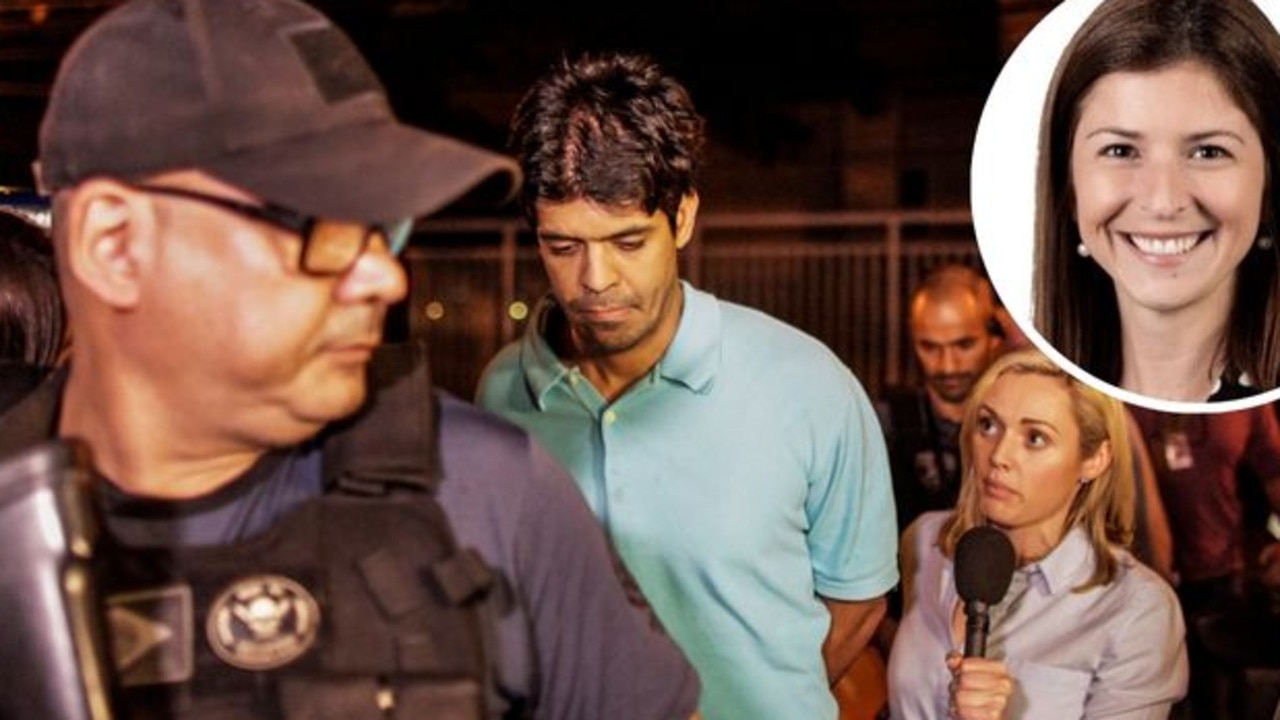Priority passports could be Australians’ ticket to jumping lengthy queues
Are you itching to get overseas but passport delays of up to three months are holding you back? Here’s how to jump the long queues.
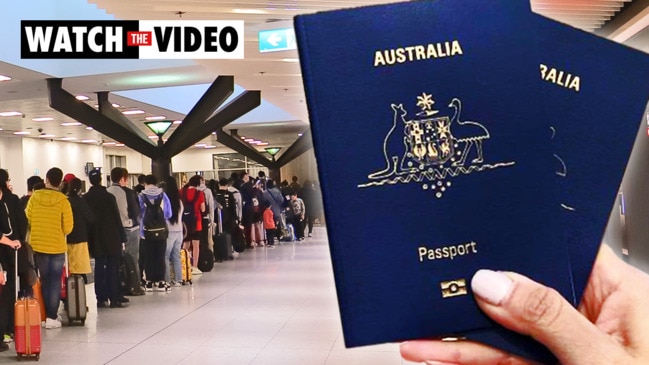
National
Don't miss out on the headlines from National. Followed categories will be added to My News.
Staff shortages and an “extraordinary” influx in passport applications are contributing to delays in getting official travel documents processed, according to the Department of Foreign Affairs and Trade.
Many people with imminent travel plans have taken to social media to share their pain and frustration at the process - with some saying they have been waiting up to three months to receive their passport.
Australians have reported being on hold for hours to the Australian Passport Office, while others said they have waited hours, if not all day, in queues to speak to someone in person.
For those (if anyone) following my #PassportAustralia saga, I've braved it to come to the #PassportOffice to find out what's happening.
— Michelle Wong-Brown (@MichelleWYBrown) June 21, 2022
Arrived by train at 5.30am, here at passport office at 5.40am, and this is my view 70 people deep...nowhere near the building. pic.twitter.com/gBUKfbTPJq
A spokesperson for DFAT said it was “experiencing unprecedented high demand for its passport services”, receiving 13,000 to 17,000 applications a day, almost double its usual workload of 7000 to 9000 a day.
The number of applications has increased up to 5000 a day since passport issues were first reported earlier this month.
But what can you do to avoid delays?
People can fork out an additional $225 to opt for the APO’s priority service, should they need their passport urgently.
“This service enables your passport to be ready for mailing or collection in just two business days once the APO has received all the necessary documents from Australia Post,” a DFAT spokesperson said.
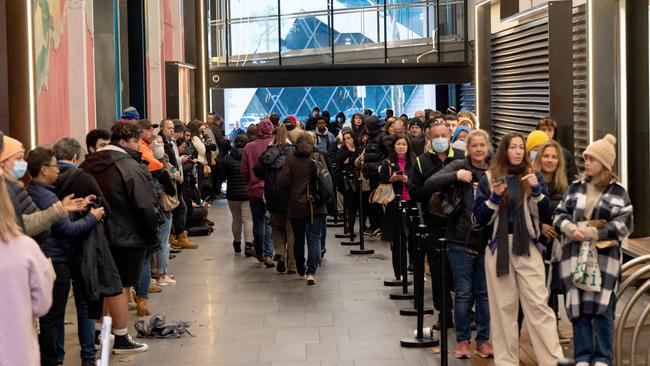
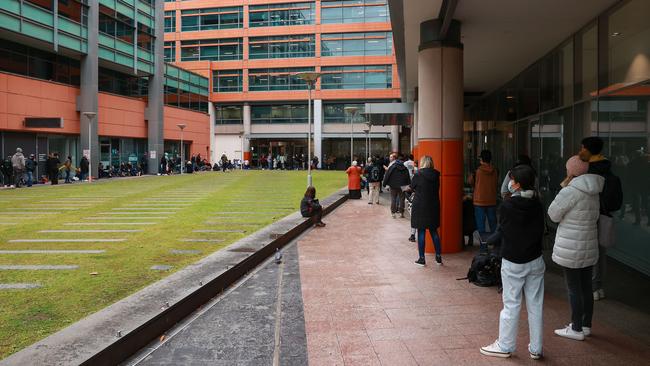
Alternatively, DFAT’s advice is to be prepared and plan ahead
“Customers should allow a minimum of six weeks to get a new passport or renew one,” a DFAT spokesperson said.
“The majority of applicants are receiving their passports within this six-week timeframe.”
DFAT warned some applications could take longer than six weeks, depending on the type and complexity of the application.
“For example, because all supporting documents required as part of first-time application need to be verified, this application type can sometimes take longer to process than a passport renewal application,” a DFAT spokesperson said.
“Customers can help minimise processing times by starting their application online, where possible, and ensuring they submit the required documentation in full. We often find delays occur when applicants don’t provide all the necessary information or haven’t met other requirements.”
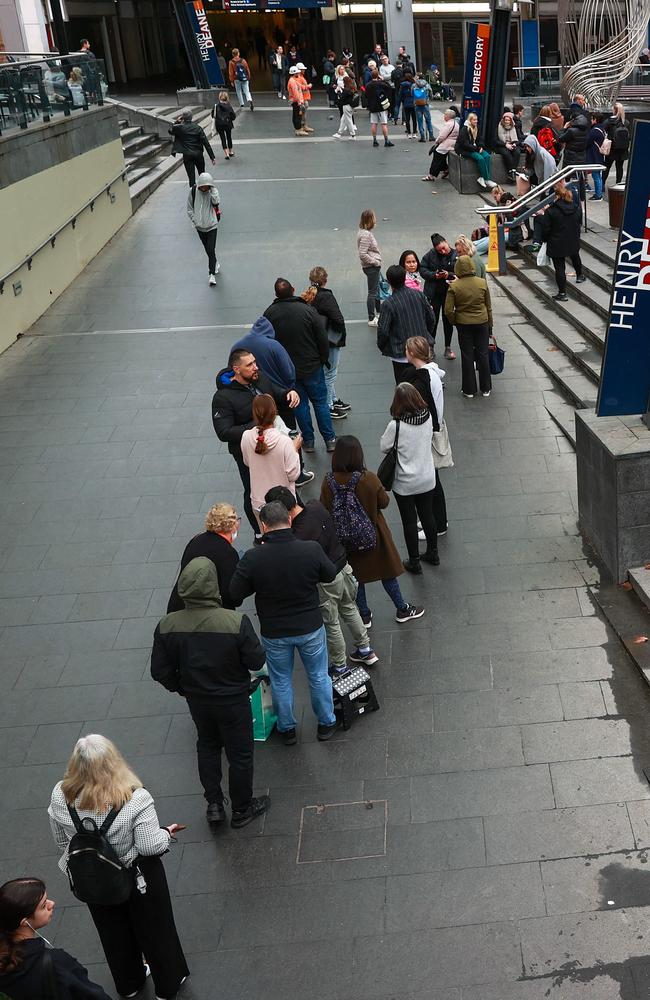
Foreign Affairs Assistant Minister Tim Watts told ABC radio more staff were being employed to help manage the “extraordinary” influx of applications.
Last week the Department added 70 staff to call centres, and in the next week or so a further 630 people start, to help in call centres and processing.
“By September, we’ll have over 1100 extra staff in the passport office to try and deal with this backlog,” Mr Watts told the ABC.
Originally published as Priority passports could be Australians’ ticket to jumping lengthy queues



